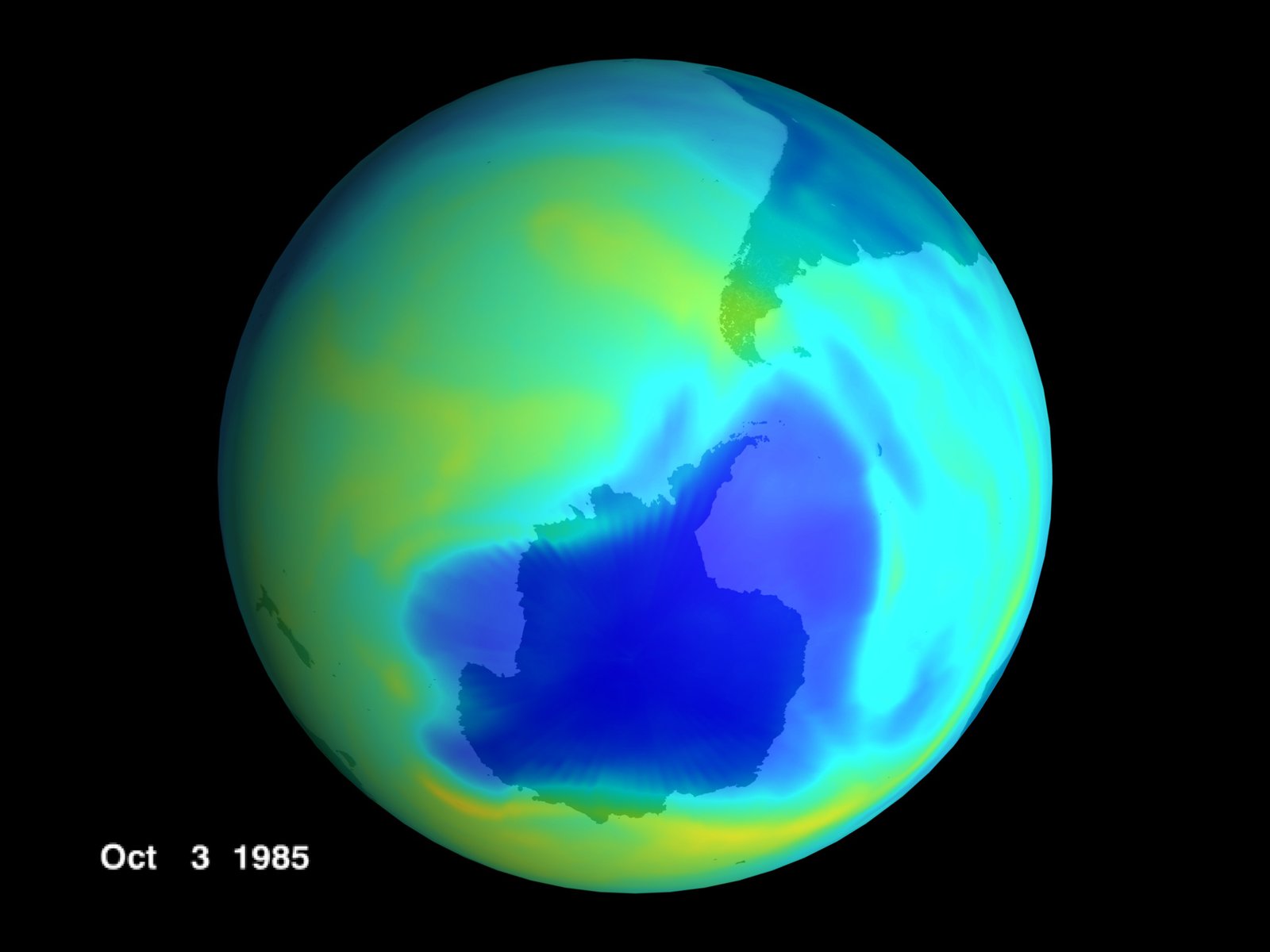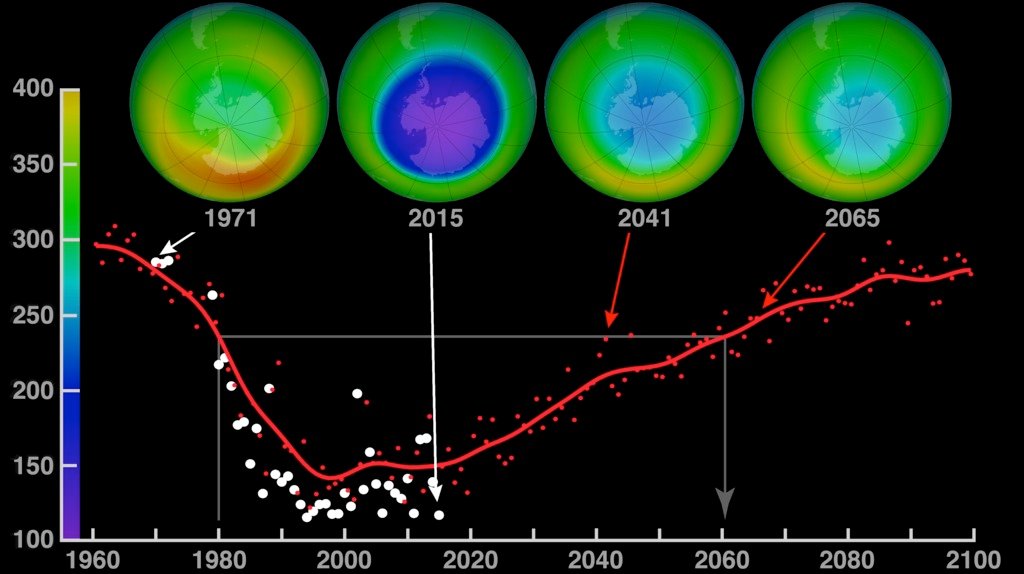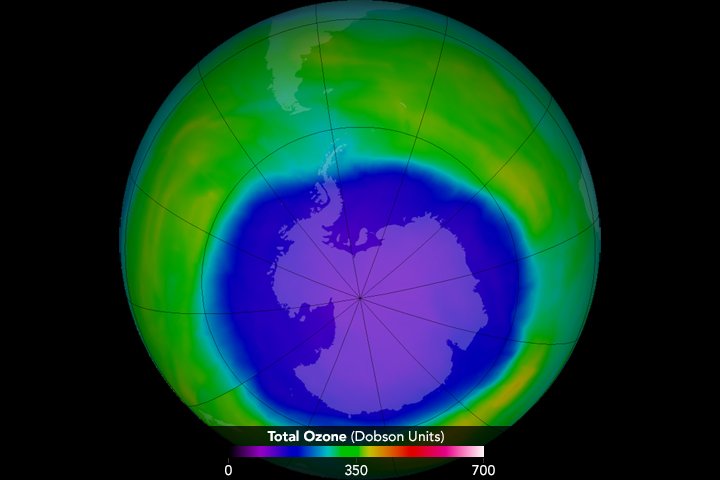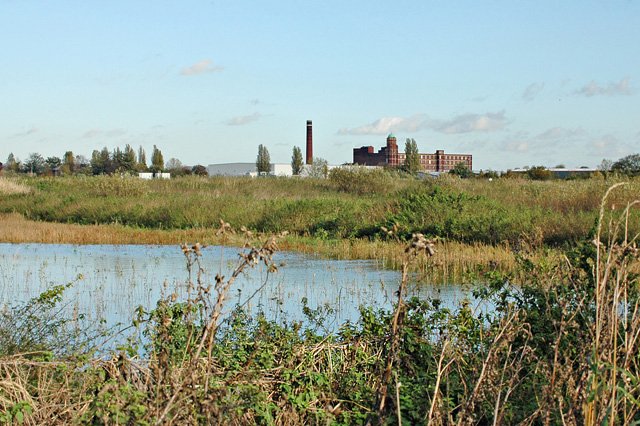Have you ever stopped to wonder if humanity is truly capable of reversing the damage we’ve done to our planet? The story of the ozone layer is one of the most astonishing environmental turnarounds in human history. It’s a tale filled with fear, determination, science, and hope—a powerful reminder this Earth Day that when we act together, we can heal what’s been broken. As we face new environmental crises, understanding how the ozone layer bounced back can give us the courage and wisdom to tackle today’s biggest challenges. The sky above us literally changed because people cared enough to act. Let’s explore the lessons hidden in this remarkable recovery—lessons that could shape the future of our planet.
A Crisis in the Sky: Why the Ozone Layer Mattered

The ozone layer, a thin shield high up in the stratosphere, plays a silent but vital role in our lives. It absorbs the majority of the sun’s harmful ultraviolet (UV) radiation, protecting humans, animals, and plants from dangerous exposure. Without this protective barrier, the risk of skin cancer, cataracts, and immune system damage would skyrocket, and crops and marine ecosystems would be devastated. In the late 1970s and 1980s, scientists detected that this layer was thinning rapidly, especially over Antarctica, raising global alarm. The very air that shielded us was at risk, and the consequences seemed almost apocalyptic. The world faced a terrifying possibility: a future where stepping outdoors could become perilous for all living beings.
The Culprit Revealed: Unmasking Human Impact

It wasn’t nature that was tearing holes in our ozone layer but human-made chemicals. Chlorofluorocarbons (CFCs), once celebrated for their use in refrigerators, air conditioners, and spray cans, turned out to be the villains. When released, these chemicals drifted into the upper atmosphere, where sunlight broke them down, releasing chlorine atoms that ruthlessly destroyed ozone molecules. Scientists, notably Mario Molina and F. Sherwood Rowland, sounded the alarm, linking CFCs to the growing ozone hole. The evidence was undeniable and shocking—ordinary products used in daily life were threatening life on Earth itself. This revelation forced society to confront its own unintended role in a global crisis.
Global Alarm: The Ozone Hole’s Wake-Up Call

The discovery of the “ozone hole” above Antarctica in the mid-1980s sent shockwaves around the world. Images of this gaping wound in the sky became symbols of environmental disaster, sparking fear and urgent debate. Countries far from the South Pole suddenly felt vulnerable, as scientists warned that ozone depletion was a global problem. Schools, newspapers, and television programs brought the crisis into everyday conversation, turning the ozone layer into a household concern. There was a sense of shared vulnerability and, for the first time, a collective realization that the atmosphere connected everyone, everywhere. The world was forced to pay attention and imagine a future shaped by the choices made today.
Science Leads the Way: From Doubt to Determination
Not everyone accepted the scientific findings at first. There were sceptics, industries worried about profits, and politicians reluctant to act. But the science was clear and relentless. Decades of research, satellite data, and international cooperation proved beyond doubt that CFCs were the cause and that decisive action was needed. Scientists became tireless advocates, translating complex chemistry into urgent calls for change. Their persistence paid off, turning confusion and denial into determination. The lesson here is profound: evidence-based science, communicated with clarity and passion, can change minds and move mountains.
The Montreal Protocol: Uniting the World for a Common Cause
In 1987, a miracle of diplomacy unfolded. The Montreal Protocol, an international treaty, was born. Over 190 countries agreed to phase out the production and use of ozone-depleting substances, putting aside political differences for the sake of the planet. This agreement is often hailed as the most successful environmental treaty ever signed. Countries rich and poor, powerful and small, worked together, proving that global cooperation is possible when the stakes are high enough. The Montreal Protocol wasn’t just a document—it was a promise to future generations that the world could act as one in the face of crisis.
Industry Innovation: Turning Crisis into Opportunity
Many feared that banning CFCs would cripple industries and cost jobs, but the opposite happened. Businesses and scientists teamed up to create safer alternatives, sparking a new era of innovation. Companies re-engineered products and processes, demonstrating that environmental responsibility and economic vitality can go hand in hand. Refrigerators, air conditioners, and spray cans became safer for the planet without sacrificing performance. This transformation proved that necessity is indeed the mother of invention—and that facing up to environmental challenges can unlock creativity and new markets.
Nature’s Remarkable Healing Power
Perhaps the most inspiring chapter in the ozone story is the Earth’s ability to bounce back. Once CFC emissions were drastically reduced, the ozone layer began to heal. Scientists now see signs that the ozone hole is shrinking, and projections show that, if current efforts continue, it could fully recover by the middle of this century. This recovery isn’t just a scientific victory; it’s a testament to the planet’s resilience. The atmosphere, battered but not broken, teaches us that nature can heal—if we give it the chance.
Lessons Learned: What the Ozone Victory Teaches Us
The journey from despair to hope offers powerful lessons. First, it shows that recognizing a problem early and acting decisively can avert disaster. It reminds us that solutions require everyone—scientists, governments, businesses, and citizens—to work together. The ozone story also demonstrates that small lifestyle changes, when multiplied across millions, can have a global impact. And above all, it proves that even the most daunting environmental crises are not beyond our ability to solve.
Echoes for Today: Facing New Environmental Challenges

Climate change, plastic pollution, and biodiversity loss might feel overwhelming, but the ozone layer recovery stands as a beacon of hope. The same blueprint—science, cooperation, innovation, and determination—can be applied to today’s issues. The Montreal Protocol even inspired similar actions to phase out other harmful chemicals, broadening its positive impact. The ozone story urges us not to give in to despair but to believe in collective action and the possibility of change, no matter how big the challenge.
The Power of Individual Actions
While governments and industries played major roles, individuals helped drive the ozone recovery through informed choices. Consumers shifted to products labeled “ozone-friendly,” and public pressure encouraged companies to adapt. People learned to read labels and reconsider the environmental impact of everyday items. This Earth Day, the lesson is clear: each person’s decision can ripple outward, shaping markets and influencing policy. Small acts, multiplied by millions, can tip the scales toward healing.
Celebrating Hope and Responsibility This Earth Day
The ozone layer’s story is one of hope earned, not given. It’s a reminder that Earth Day is not just about mourning what’s lost, but also about celebrating what can still be saved. By reflecting on this environmental success, we find strength to face the future with optimism and resolve. The sky above us is proof that when we act with courage, unity, and compassion, restoration is possible. Could this be the year we turn the tide on another global challenge?


